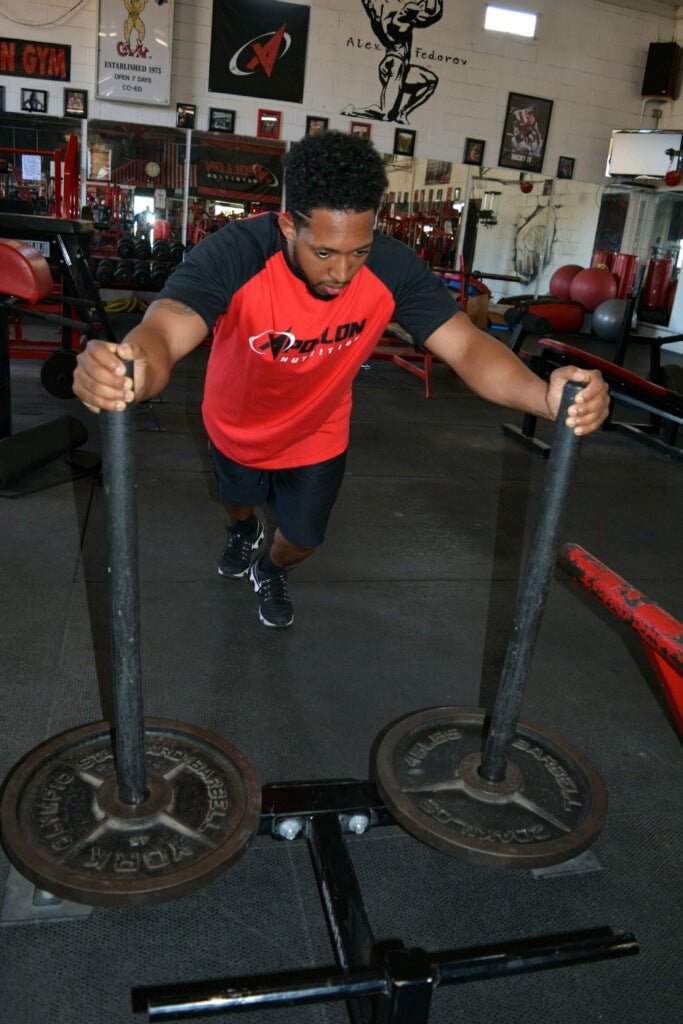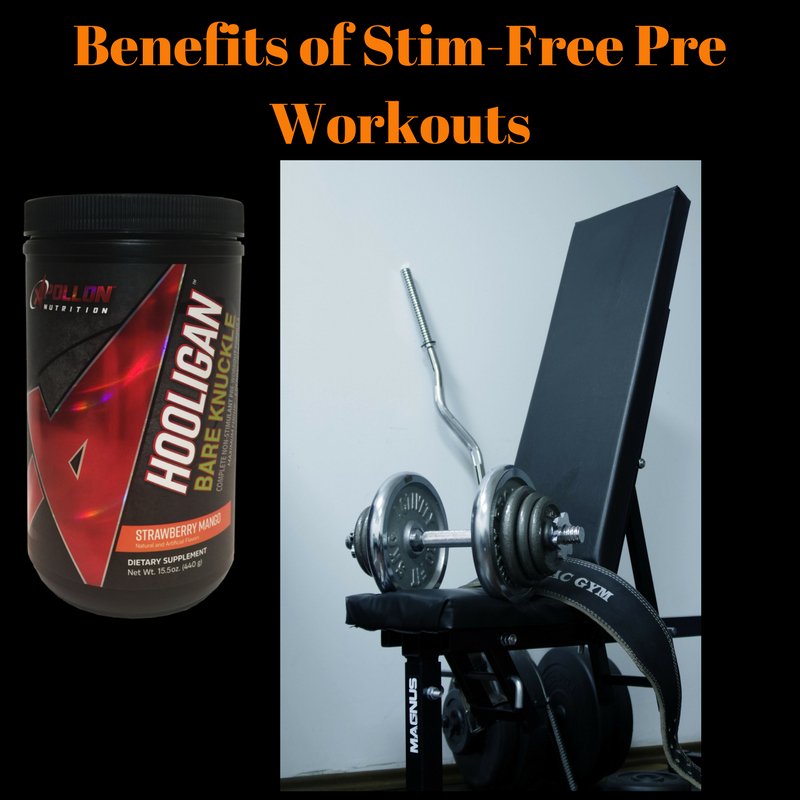By Terrance Wilkerson
The title may be a little misleading since there are so many different types of athletes, but this is for people who are just looking to be overall fit. It’s important to understand that the 5 components of fitness consist of cardiovascular endurance, muscular strength, muscular endurance, body composition, and flexibility/mobility. Generally, to be in good “shape” we want to touch on all of these areas. Granted, someone with more specific goals may not care or even need some of the other components that result in around fitness. A strength athlete’s main concern is muscular strength. They won’t need to have great cardiovascular endurance. That’s not what their sport requires. A marathon runner’s main concern is cardiovascular endurance and they may not need a whole lot of muscular strength. It is beneficial for both athletes however to not completely neglect the other components of fitness for long-term reasons.
When we ask most people what they are training today in the gym they usually tell us a body part. I’m sure we’ve all heard of "international chest Monday’s." This is usually followed by back on Tuesday, Wednesday leg day, Thursday shoulders and calves and so on. Great way to train especially if you are looking to increase muscle mass and solely focus on a specific muscle group. Great for working on lagging body parts as well. It is not the only way to train though. There are important movement patterns in training that everyone should be aware of. These movement patterns consist of squatting, hip hinging (ex: deadlift, hip bridges,) horizontal push (bench press, pushup,) horizontal pull (bent over row, cable row,) vertical push (overhead press,) vertical pull (pullup, lat pulldown,) and core movements (stability, rotation, flexion, and extension.) The core does not just mean your abs. The core consists of your deep core muscle which is called the transverse abdominus and that produces a lot of the stability, flexion which is what we consider our “six pack muscles”, rotation which is our obliques, and extension which will consist of our lower back.
The main exercises everyone should learn and be able to perform are the big 3 lifts. The squat, bench press, and deadlift. I like to think of these as your bread and butter. You will hit every muscle group in your body with these three exercises performed correctly and at the right intensity. If I were to add another two exercises in and create a big 5 I would throw in the overhead press and bent over row. If I was in my room, only had a pair of kettlebells, and had no access to a gym, I would be able to do a full workout hitting all the movement patterns I listed above. When you train the movement patterns there’s a list of muscle groups that attach to that pattern. A hip hinge will consist of primarily hamstrings, low back, and glutes. A horizontal push will consist of your chest, shoulders, and triceps. In a training program for someone who works out five days a week this gives you a ton of options for what to do within your week.
You typically want to give your body 48 hours rest between working the same muscle again. Training the movement patterns lets you create some interesting training splits. You could do a push/pull style of training. One day you can do all pushing exercises and the other day you can do all pulling exercises. This would allow you to do resistance training back to back days without rest. Upper and lower body splits are an option and my personal favorite way to train at the moment is full body training. Full body training allows me to focus on my core lifts (squat, bench, deadlift, overhead press, and row) while still allowing other days of the week to dedicate to active recovery such as stretching and mobility work or even throwing some cardio and boxing in there. I don’t know about you, but I tend to have a very busy schedule, so I try to be in and out of the gym in about an hour. At the most I’ll reach an hour and a half, but that’s on days where I’m probably going heavier on something or training in with someone else. For most people training, an hour is more than enough time to get a great workout in. Below you'll find what a sample workout may look like for me.
Warmup: dynamic, ballistic, and core movements. I’ll do things such as overhead squats, pushups, pullups, planks, hip raises, medicine ball slams, side lunges etc. and I would throw in some quick stretches along the way. I call it the mini-workout before the workout.
Workout
1: Trap Bar Deadlifts: 4x8
1 min rest
1: DB Flat Bench Press: 4x8
2: Step Ups: 3x10 ea leg
2: 1 Arm Bent Over Row: 3x10 ea
2: KB Seated Overhead Press
3: Weighted Back extensions: 3x10
3: Underhand Lat Pulldowns:3x10
3: Side Planks: 3x30 secs ea side
4: Weighted Carries: 2 sets of 40yards
The workout covers all the main movement patterns, consists of elements of muscular strength, muscular endurance, and the supersets challenge your cardiovascular endurance at the same time. Good way to get a mixture of some of your components of fitness. This isn’t meant to change how you are training, but just to get you to think of training in a different way. There’s so many ways to train so one way isn’t necessarily better than the next. However, depending on your goals, the way you train may either be detrimental or beneficial. I was told that there is no bad exercise, just bad exercise prescription.
Customers are saying
Verified





Leave a comment
This site is protected by hCaptcha and the hCaptcha Privacy Policy and Terms of Service apply.